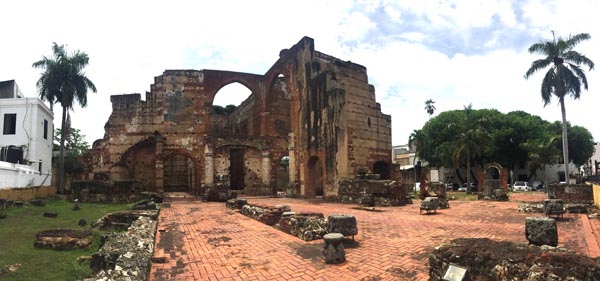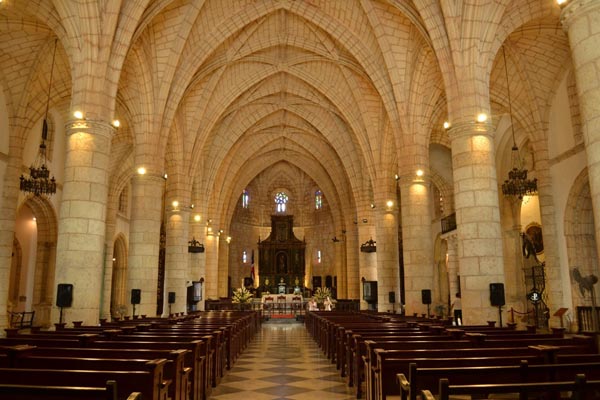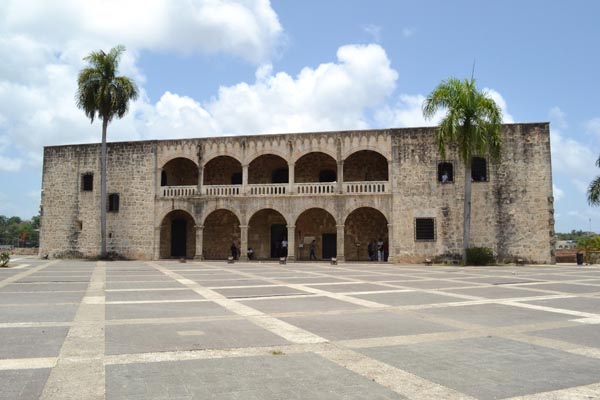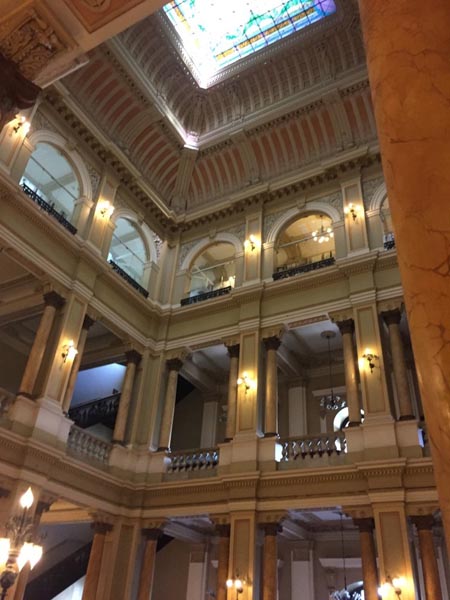-
Membership
Membership
Anyone with an interest in the history of the built environment is welcome to join the Society of Architectural Historians -
Conferences
Conferences
SAH Annual International Conferences bring members together for scholarly exchange and networking -
Publications
Publications
Through print and digital publications, SAH documents the history of the built environment and disseminates scholarship -
Programs
Programs
SAH promotes meaningful engagement with the history of the built environment through its programs -
Jobs & Opportunities
Jobs & Opportunities
SAH provides resources, fellowships, and grants to help further your career and professional life -
Support
Support
We invite you to support the educational mission of SAH by making a gift, becoming a member, or volunteering -
About
About
SAH promotes the study, interpretation, and conservation of the built environment worldwide for the benefit of all
2019 Edilia and François-Auguste de Montêquin Junior Scholar Fellowship Report (Abdon Guimaraes)
Jan 8, 2020
by
Danielle Abdon Guimaraes
Dates: May and August 2019
Locations: Santo Domingo (Dominican Republic) and Rio de Janeiro (Brazil)
Itinerary
Through the Edilia and François-Auguste de Montêquin Junior Scholar Fellowship, I traveled from Providence, RI, to Santo Domingo in May 2019 and from Philadelphia, PA, to Rio de Janeiro in August 2019. The goal of these two trips was to visit sites and consult materials relevant to my dissertation, titled “Poverty, Disease, and Port Cities: Global Exchanges in Hospital Architecture during the Age of Exploration.” My project addresses the cross-cultural circulation of interventions in public and environmental health and social welfare and their impact on hospital architecture in Italy, Iberia, and the New World during the fifteenth and sixteenth centuries. More specifically, my dissertation focuses on the development and diffusion of the cruciform plan for Renaissance hospitals. This design first appeared in northern Italy and led to the construction of general hospitals throughout Europe and Latin America following medical and sanitary developments perceived by governmental bodies as more effective for the health of individuals and cities, such as triage, isolation, and sewage disposal.
As part of my last chapter, I explore the diffusion of the plan from Europe to Latin America. The design first appeared at the Hospital San Nicolás de Bari (1519) in Santo Domingo, the first cruciform hospital of the New World (Figure 1).

Figure 1. Hospital San Nicolás de Bari, 1519, in Santo Domingo.
During my five-day stay in Santo Domingo, I visited the ruins of the institution and photographically documented the surviving structure, gaining a better understanding of the original layout of the hospital. I also visited other early colonial buildings, such as Diego Columbus’ residence (Alcázar de Colón) and the cathedral, that will help me architecturally contextualize the hospital structure (Figures 2 and 3).

Figure 2. Interior View of Cathedral, 1514, Santo Domingo.

Figure 3. Alcázar de Colón, 1510, Santo Domingo.
Further, extensive walks through the colonial zone of Santo Domingo gave me a new perspective on the urban layout of the early city as well as the geography of the area. Finally, through visits to local museums, such as the Museo de las Casas Reales, I also had the opportunity to see earlier depictions of the hospital structure and colonial city. These visual sources will be invaluable in my reconstruction of the architectural history of the institution.
The second part of this chapter explores why the Portuguese monarchy opted not to export the cruciform plan to its colonies, particularly Brazil. My analysis focuses on the Hospital da Cidade (1549) in Salvador, the main port of arrival in colonial Brazil and a wayport to the East. During my two-week stay in Rio de Janeiro, I consulted sources related to the early history of colonial Salvador and its hospital at the Biblioteca Nacional do Rio de Janeiro (Figure 4). Focusing on the Documentos Históricos collection, I accessed full transcriptions of documents related to the Hospital da Cidade that gave me insight into various aspects related to the institution, including the construction process, funding strategies, staffing, and repairs. These will be crucial to my analysis of the historical and architectural development of the hospital, demonstrating the Portuguese monarchy’s focus on defense rather than the social welfare and public health of its colony—an approach that drastically contrasts with that of the Spanish Crown.

Figure 4. Interior View of Biblioteca Nacional do Rio de Janeiro, Rio de Janeiro.


